Store cupboard essentials that will take any meal to the next level

When dinnertime is staring you in the face and you’ve got to pull together a random collection of ingredients into a semblance of a meal, having a few well-chosen items in stock can make all the difference.
Whether it’s a spicy condiment, unexpected flavour booster or a fragrant staple, these are the store cupboard saviours our cookery experts can’t live without.
Tomato ketchup
Quite possibly the nation’s favourite condiment, tomato ketchup is so much more than a sauce for dunking your chips into.
With its perfectly balanced mixture of sweet and sour flavours, it makes a fabulous base for a saucy stir fry or chow mein, and as a base for barbecue sauce it adds a tangy punch in a slow cooked lamb dish, saucy meatballs or to flavour a filling for fluffy bao buns.
Unlike tomato purée, which needs to be cooked out to avoid tasting raw, ketchup can be added at the end of cooking as well, so try adding a squirt to tomato-based sauces that are a little underwhelming for an express boost of flavour.
Baked beans
It might seem a bit of a cheat to include them here since they are a meal in and of themselves, but baked beans are another great item to have on hand, even if you personally feel they’ve got no place being served on toast.
Baked beans have all the benefits of ketchup – a ready-made sweet and slightly sour, well-seasoned and spiced sauce – plus the beans which are naturally high in protein and fibre.
Simmer them low and slow with diced pork belly or sausages for a pared down version of a French cassoulet, or try them in place of separate cans of tinned white beans and tomatoes for a tasty vegetarian faijita filling or brilliant brunch baked eggs.
Balsamic vinegar
For a tangy zip, balsamic vinegar is hard to beat. Cookery director Meike says “My storecupboard isn’t complete without a couple of bottles of balsamic vinegar.
There’s always a cheaper (younger) one in there for sprucing up sauces and stews, making marinades, and adding zing to dressings.” Its complex flavour even in the cheaper versions makes it incomparable for adding to tomato dishes, such as this balsamic chicken and tomato pasta. An older, aged balsamic is great for finishing dishes.
Meike explains: “The caramel-like sweetness and drizzling quality lends itself to grilled meats or tuna, on an antipasti platter (just try it with some Parmesan), or even alongside strawberries. Just make sure, whether cheap or more expensive, that you are buying a proper bottle marked with DOC, or aceto balsamico di Modena.
This will guarantee that your bottle contains the all-important grape must (or juice), which give the vinegar a fruitiness, rather than just sharpness.”
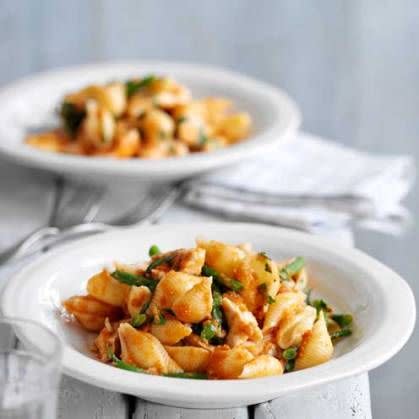
Instant coffee
Even if you’re not a regular coffee drinker, it’s handy to have a jar of instant coffee or, better yet, espresso powder in the cupboard.
A small dash of concentrated coffee adds intensity to stews and braises and is particularly good added to chilli con carne (as is dark chocolate, if you happen to have a bar lying around – a few squares are plenty).
A pinch of ground coffee mixed with paprika and brown sugar makes a great barbecue-style rub for cuts of meat, cooked over a fire or in a griddle pan. It’s not just good for savoury either. Coffee makes a great partner for chocolate, so add a splash when melting chocolate for desserts, or try it stirred into homemade custard in place of vanilla – great with fruity puds.
Long life or UHT cream
If you’re drizzling it over dessert nothing quite beat fresh cream, but for cooking you’d be surprised what a great alternative long life or UHT cream is, with the benefit that you can keep it in the cupboard or fridge (brand instructions vary) unopened for weeks or even months longer than fresh cream.
The plant based options are great – we particularly like Elmlea Plant Based and Alpro Soya options, and are great stirred into a stroganoff, soup or creamy pasta dish.
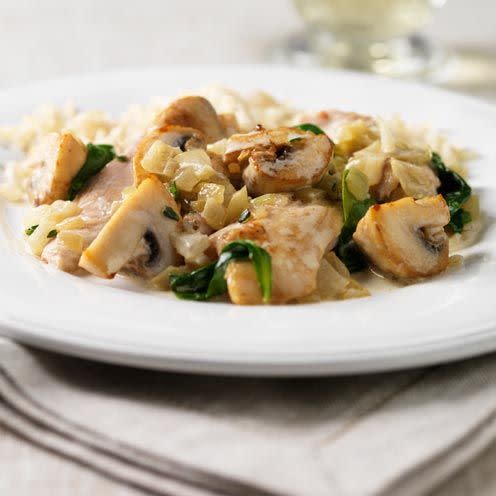
Condensed milk
If you’ve got condensed milk in the cupboard, you’ve got a dessert. From no-churn ice creams to rice pudding, its lactic caramelly flavour adds extra depth to sweet dishes.
A little is delicious poured over summer berries if you don’t have any fresh cream, and it makes a fabulous base for a thick and frothy milkshake.
Cookery writer Alice adds, “I often add a spoonful to my coffee, for an indulgent weekend treat”.
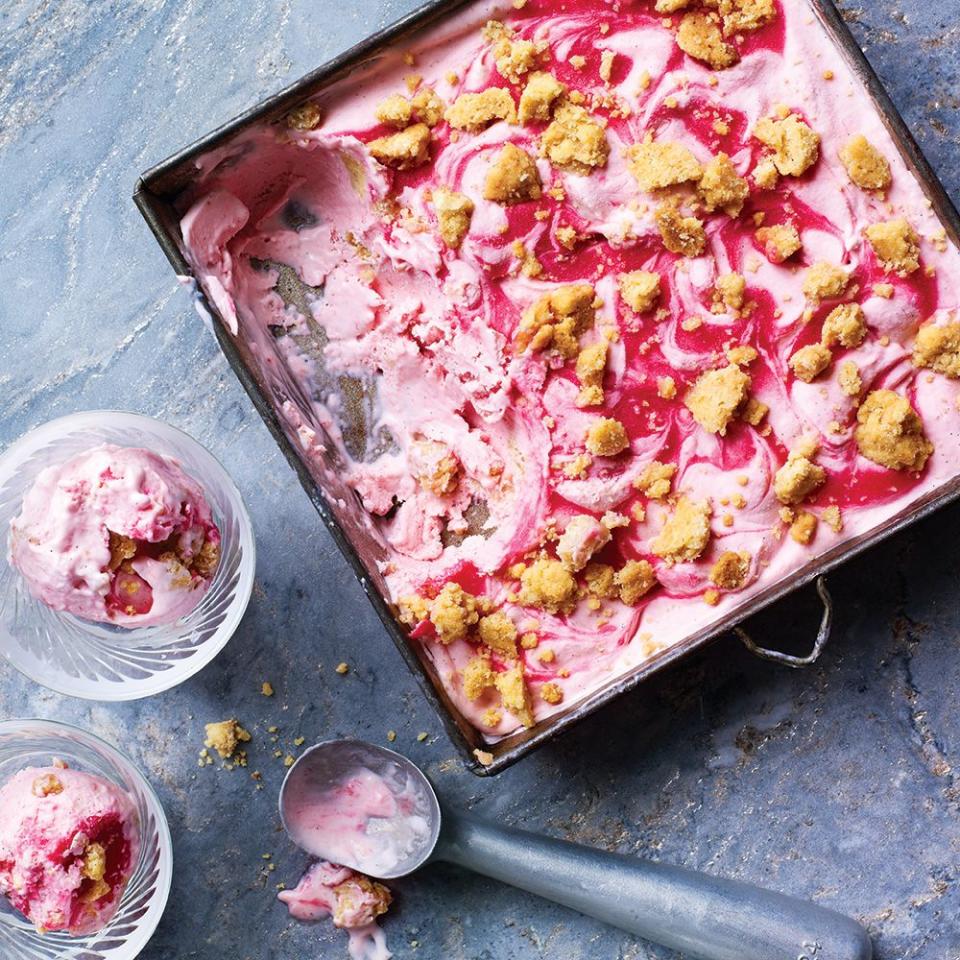
Marmite
As the infamous saying goes, you either love it or you hate it, however - even if you’re a hater - have you ever tried using marmite as a flavour enhancer?
Digital Cookery Writer Grace Evans is addicted, saying “I love adding a teaspoon of Marmite to dishes like mac n’ cheese, stews, or marinades, as it gives such umami to a dish.
It instantly elevates a recipe with very little effort. Controversially, I also enjoy marmite in a sweet recipe.
Add it to a caramel or treacle dessert to mimic the flavour of salt, but with added pizazz!” Marmite perks up the most unlikely of everyday recipes – for instance it’s a key ingredient in our hugely popular roast potato recipe!
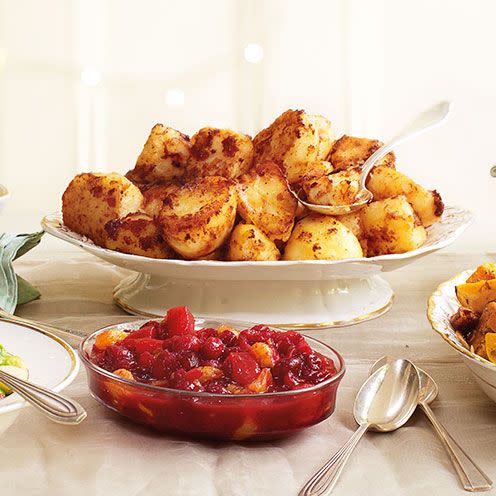
Curry paste
A midweek curry is made a hundred times quicker and easier by using a shop-bought curry paste, but they are great for other dishes too.
Think of them as an all in one flavour enhancer for anything from meat to tofu and all manner of veggies. Indian spice pastes – try korma for a mild flavour or tikka or tandoori for a more intense one – make a great marinade for tofu or paneer in particular, or mix with a little oil and rub over chicken portions before roasting.
Thai pastes, whether green or red, make a deliciously fragrant soup base – just add hot water, noodles and a veg or two. Mix curry paste (Thai red is best but other mild pastes work well) with two other store cupboard staples – peanut butter and coconut milk – and you’ve got a delicious speedy satay sauce.
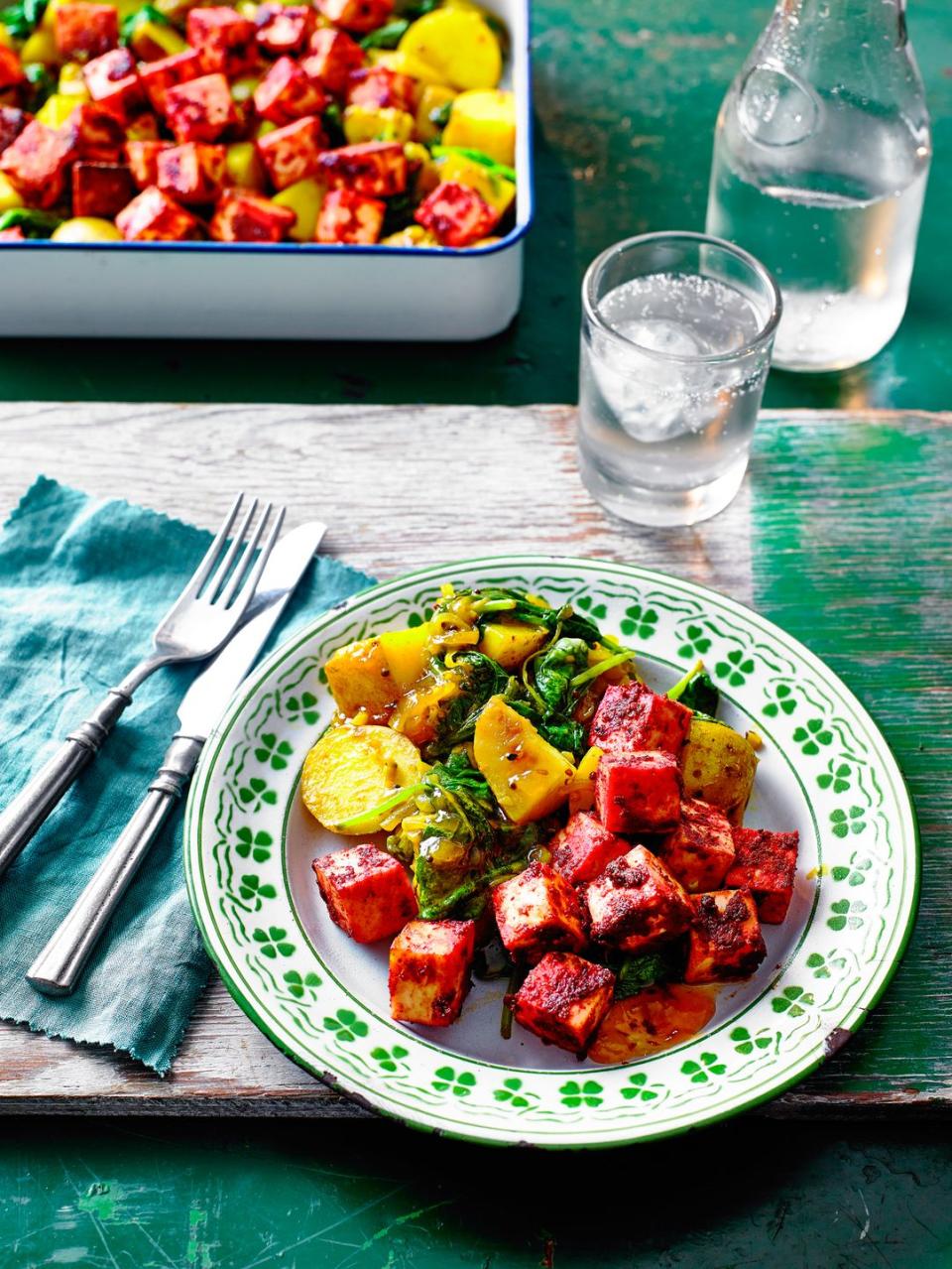
Peanut butter
As well as making a delicious satay (see above) peanut butter adds richness and lip smacking savour to all sorts of dishes. Try it stirred into a chicken casserole or beef stew, or add to stir fries towards the end of cooking.
A little peanut butter makes a great nutty base for salad dressings, whisked with oil and lemon or lime juice, and it makes a great substitute for its Middle Eastern cousin Tahini in recipes that call for the sesame paste.
Heated gently to loosen it, peanut butter is delicious drizzled over vanilla ice cream, used to sandwich together cookies, or for dipping fruit into. If you’re allergic to peanuts other nut butters work just as well in the same situations – almond butter with strawberries is particularly good.
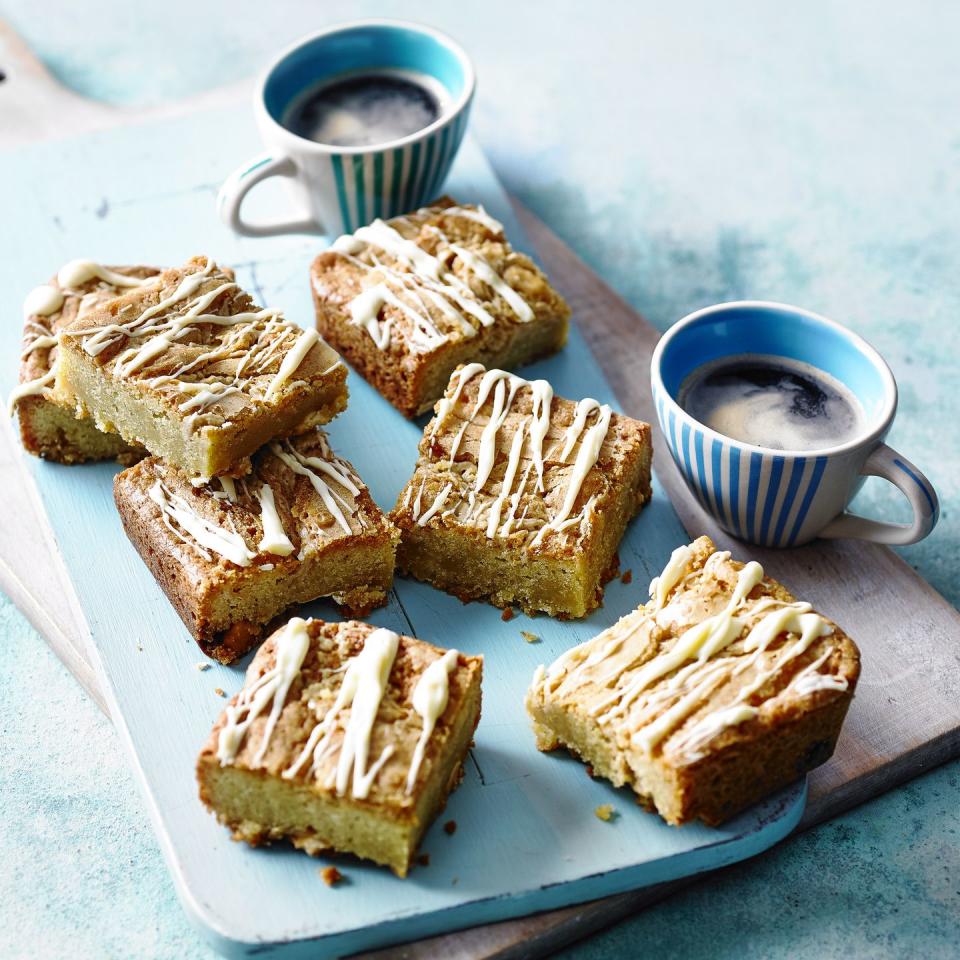
English mustard powder
Every cupboard should contain something with a bit of fire in it – even if you aren’t a member of the chilli-sauce-with-everything set.
English mustard powder is a great choice if you like the warm heat of pepper but shy away from chillies. You can mix it with water to make mustard for a sandwich, obviously, but it’s also great in a dry spice rub for things like ham, mixed with the flour before tossing meat in before browning for casseroles and stews and include in a white sauce for cauliflower cheese or rarebit.
Its Asian counterpart – wasabi powder, made from Japanese horseradish, can be used in the same way, and is particularly good in mashed potato.
Sweet chilli sauce
Gently hot and deliciously sticky, sweet chilli sauce makes something as simple as a fried egg special but is also great for glazing meat and fish before cooking – just keep an eye on it as it burns easily!
For those who like a bit more fire, not to mention garlic, Sriracha is the cult condiment of choice, and can be used in recipes that call for sweet chilli sauce, adjusting to taste as it carries much more of a punch and less sweetness.
It makes a superb marinade for steak in Korean-style dishes and, whisked with a little oil and vinegar or lemon juice makes a delicious dressing for freshly cooked vegetables.
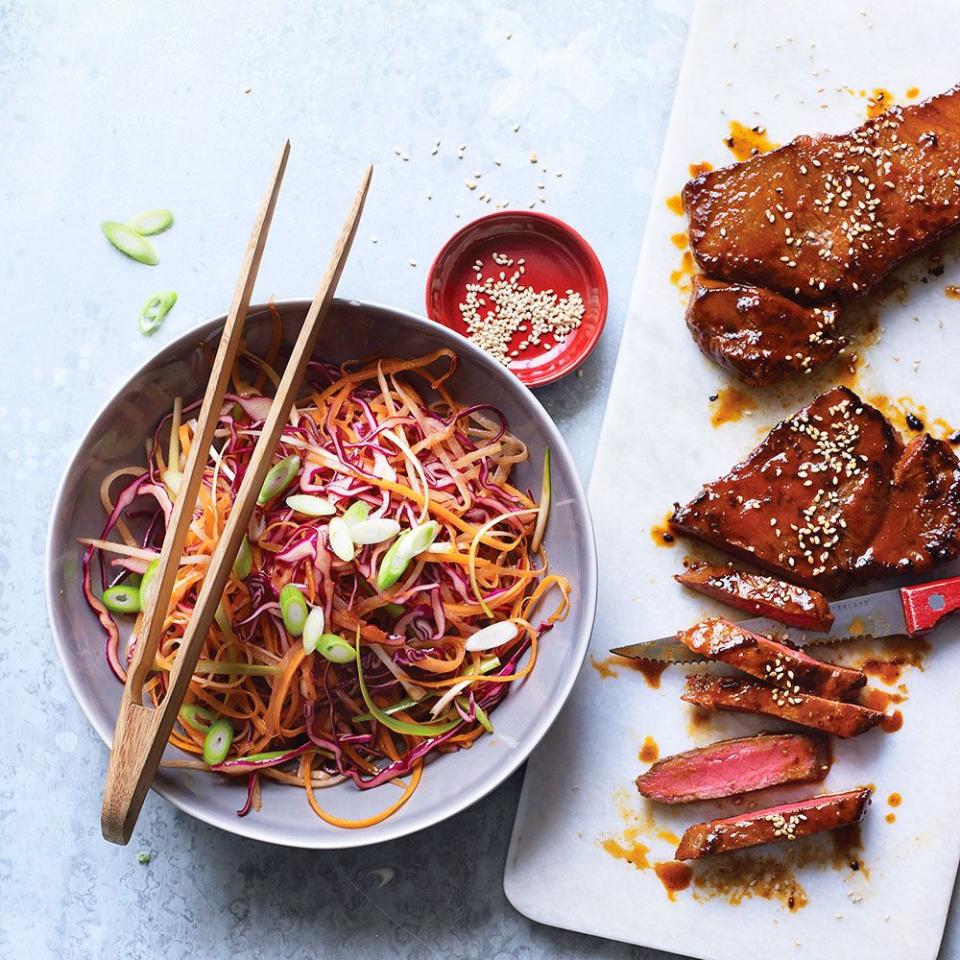
Basmati rice
When it comes to dry goods, not all rices are created equal. Cookery Editor Emma says she can’t be without basmati rice, explaining “it’s so much more interesting than regular long grain rice.
Being aromatic, it doesn’t need any pimping with extra ingredients to make it a perfect side, and if I’m feeling a bit fragile it’s a perfect meal all by itself with just a dash of soy or fish sauce”. Although it’s far from traditional it makes a delicious rice pudding or risotto too.
Oats
Oats are another versatile dry store staple to have on hand, which offer the twin nutritional benefits of protein and fibre.
Add to fruity smoothies to keep you feeling full for longer, and make your own oat milk by just adding water and blending. Cookery Assistant Georgie D’arcy says “I’m also a big fan of overnight oats in the summer months, when a cold fruity breakfast involving minimal effort is just what I feel like.
In the winter they are obviously great for porridge but they can also be used in place of breadcrumbs for crumbly toppings.” Oats are also great for crumbing meat or fish in place of breadcrumbs, and congee, or savoury porridge, is a delicious alternative to risotto.
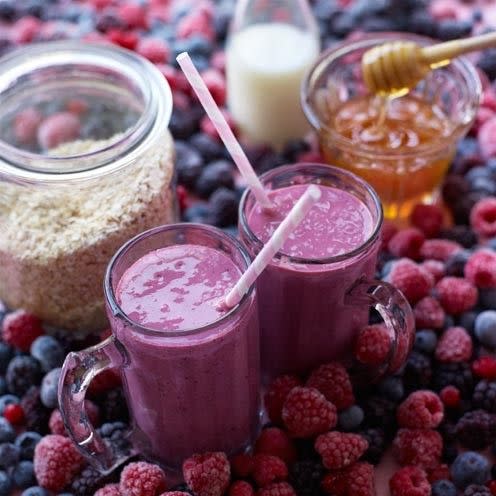
Like this article? Sign up to our newsletter to get more articles like this delivered straight to your inbox.

You Might Also Like

 Yahoo News
Yahoo News 
